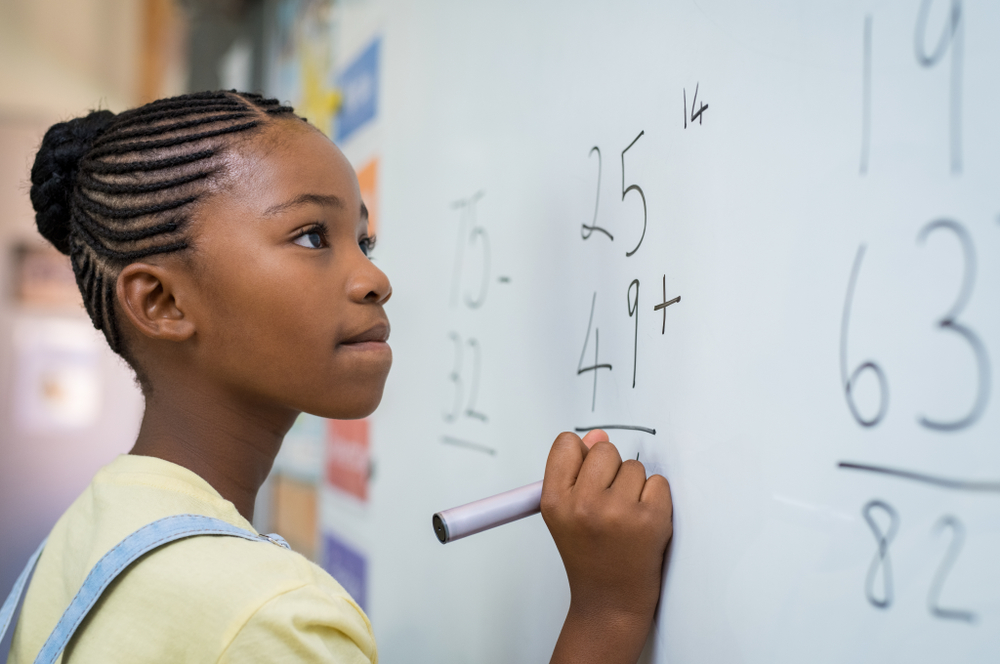Letter formation Alphabet Worksheets for Ages 5-6
10 filtered results
-
From - To
Discover our engaging "Letter Formation Alphabet Worksheets" tailored for children aged 5-6! These carefully designed worksheets support early learners in mastering letter formation through fun, interactive activities. Each worksheet focuses on both uppercase and lowercase letters, encouraging proper writing techniques that build essential fine motor skills. With vibrant illustrations and appealing layouts, kids will love practicing their writing while developing their literacy foundations. These resources are perfect for reinforcing classroom learning or for use at home. Help your child gain confidence in their writing abilities and foster a love for learning with these delightful worksheets. Start their writing journey today!
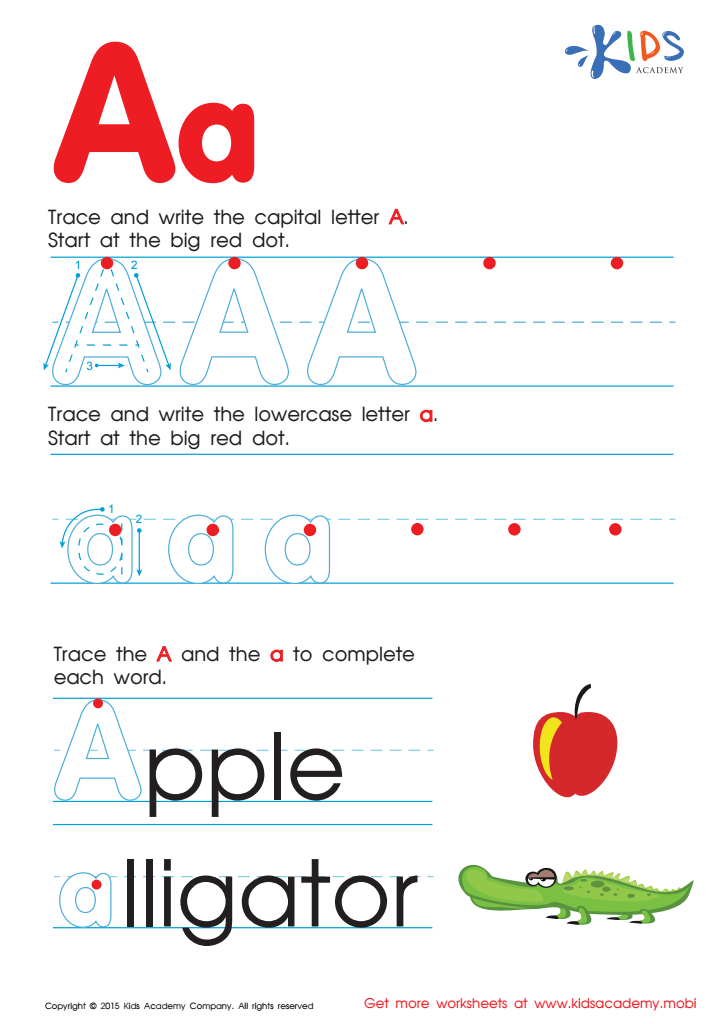

Letter A Tracing Page


Letter P Tracing Page


Tracing and Spacing: Assessment 1 Worksheet
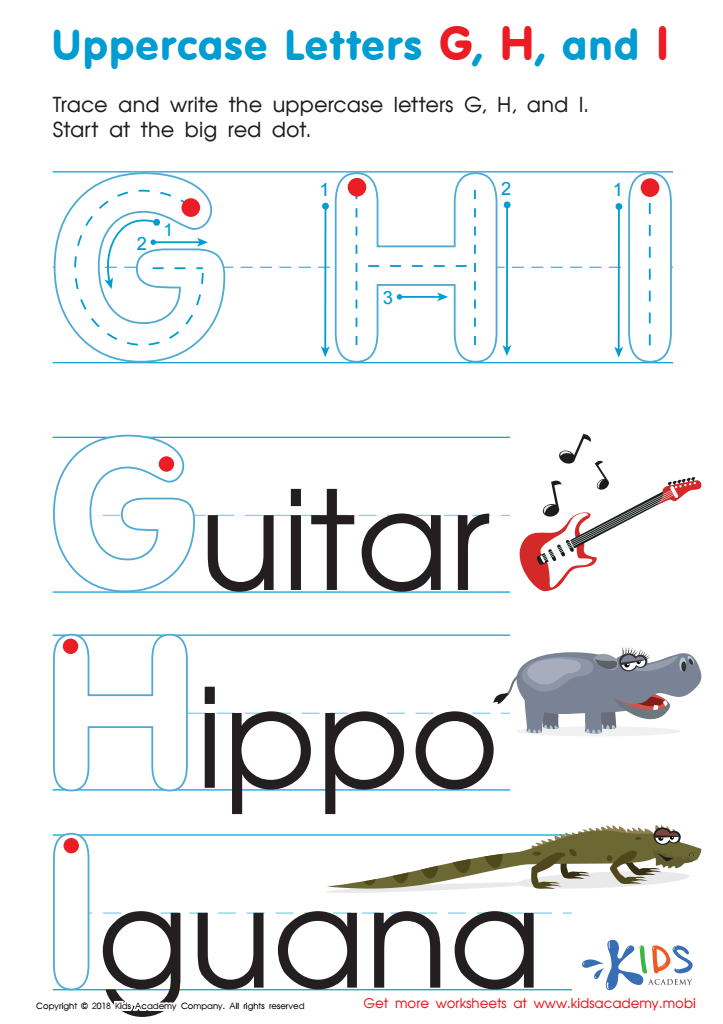

Uppercase Letters G, H, and I Worksheet


Letter G Tracing Page
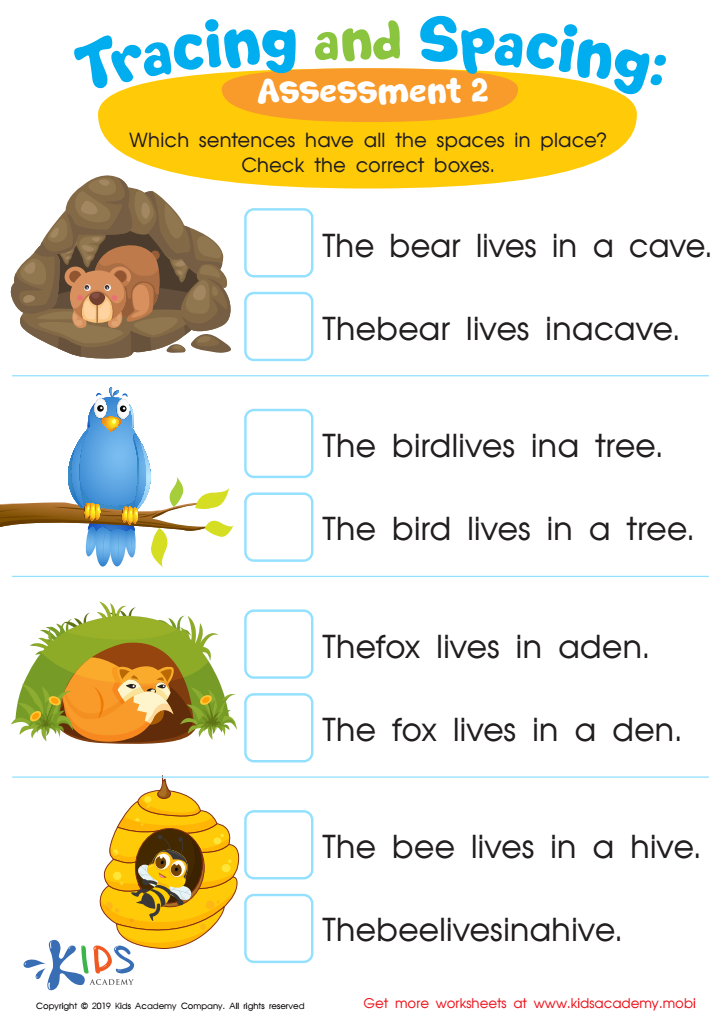

Tracing and Spacing: Assessment 2 Worksheet
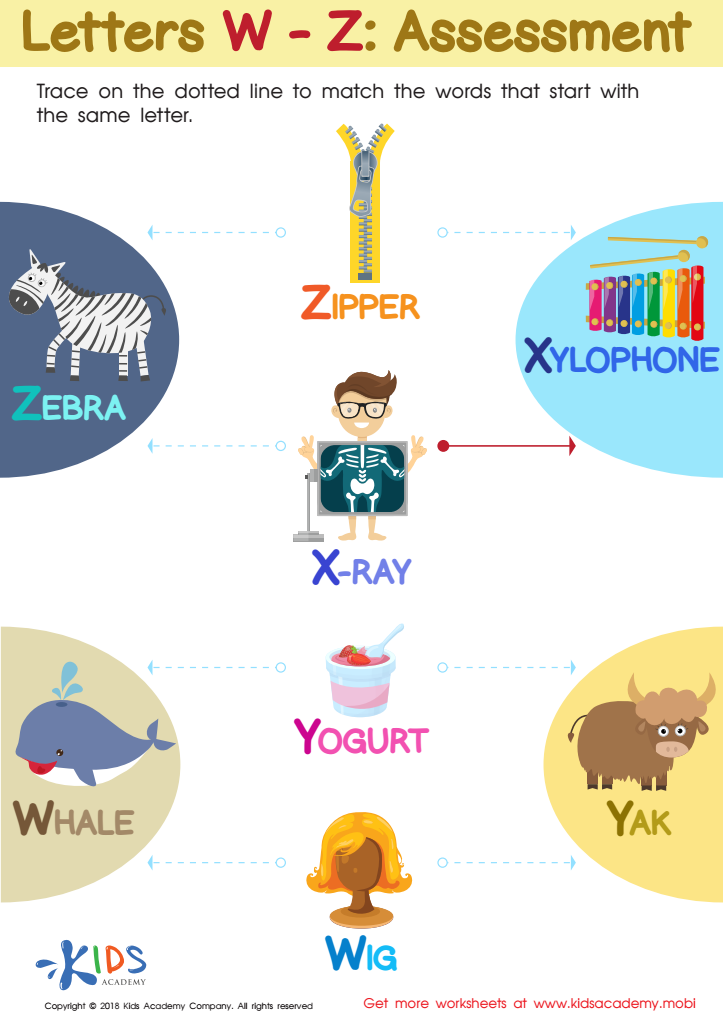

Letters W–Z Tracing Worksheet
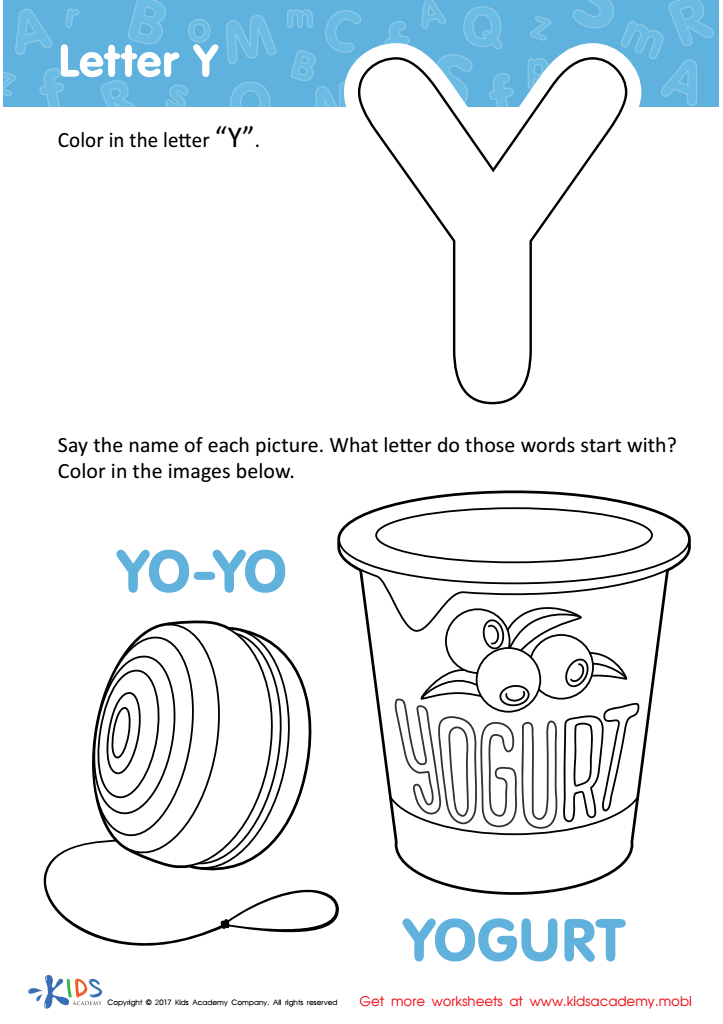

Letter Y Coloring Sheet
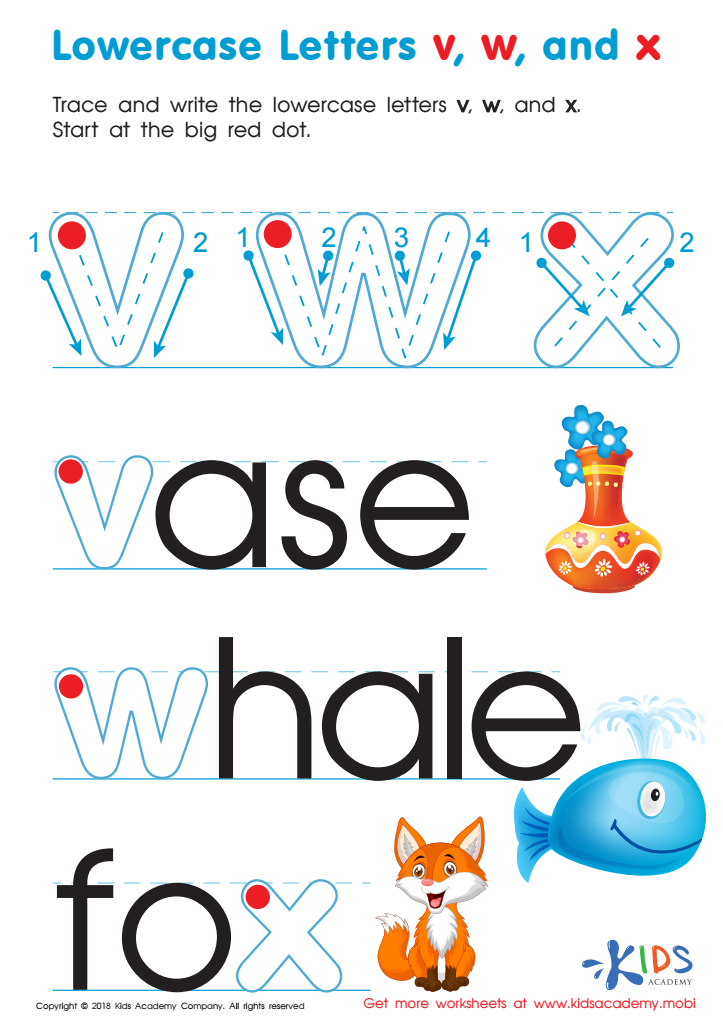

Lowercase Letters v w x Worksheet
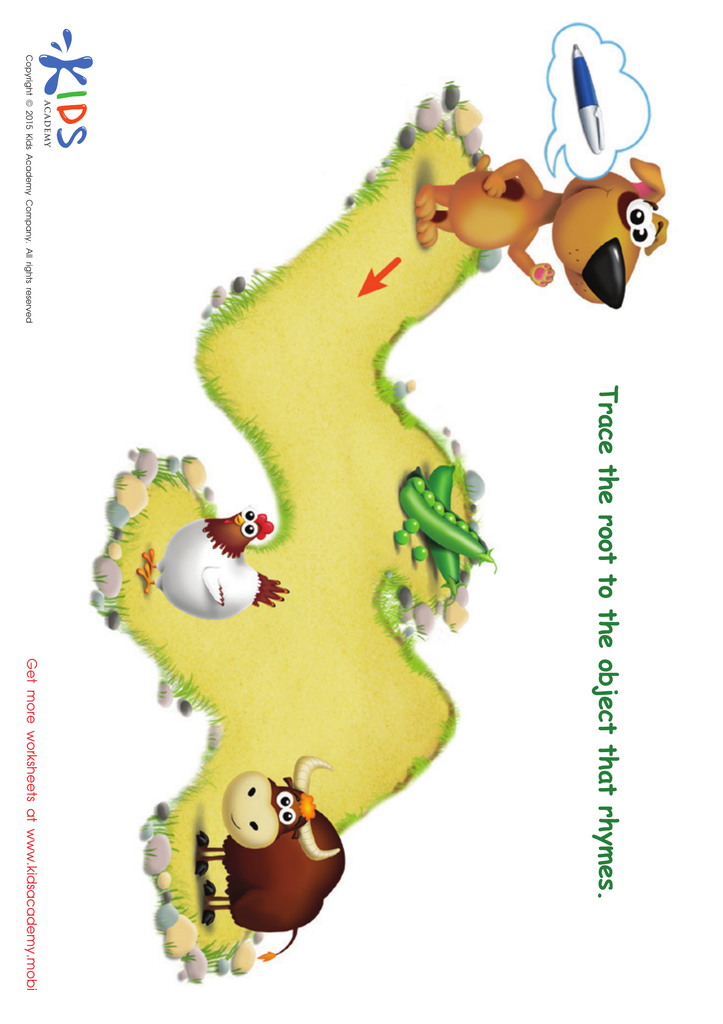

Pen Rhyming Words Worksheet
Letter formation is a crucial skill for children ages 5-6 as it lays the foundation for their literacy development. At this age, children are beginning to recognize letters, sound them out, and start to write. Proper letter formation fosters good handwriting habits, making it easier for children to write clearly and be understood by others. This skill not only enhances their communication but also boosts their confidence in expressing themselves through writing.
Furthermore, learning to form letters correctly can significantly improve fine motor skills. Handling a pencil and controlling movement aids in overall hand-eye coordination, an essential skill for many activities beyond writing. When parents and teachers prioritize letter formation, they create an engaging learning environment that encourages children to practice and develop this skill.
Additionally, proper letter formation can positively impact academic performance. As children progress in their education, strong writing skills become necessary for expressing thoughts and completing assignments. Therefore, investing time in teaching letter formation means investing in a child’s future academic success. In sum, parents and teachers should care about letter formation because it promotes literacy readiness, fine motor development, and builds a solid foundation for lifelong learning.
 Assign to My Students
Assign to My Students




